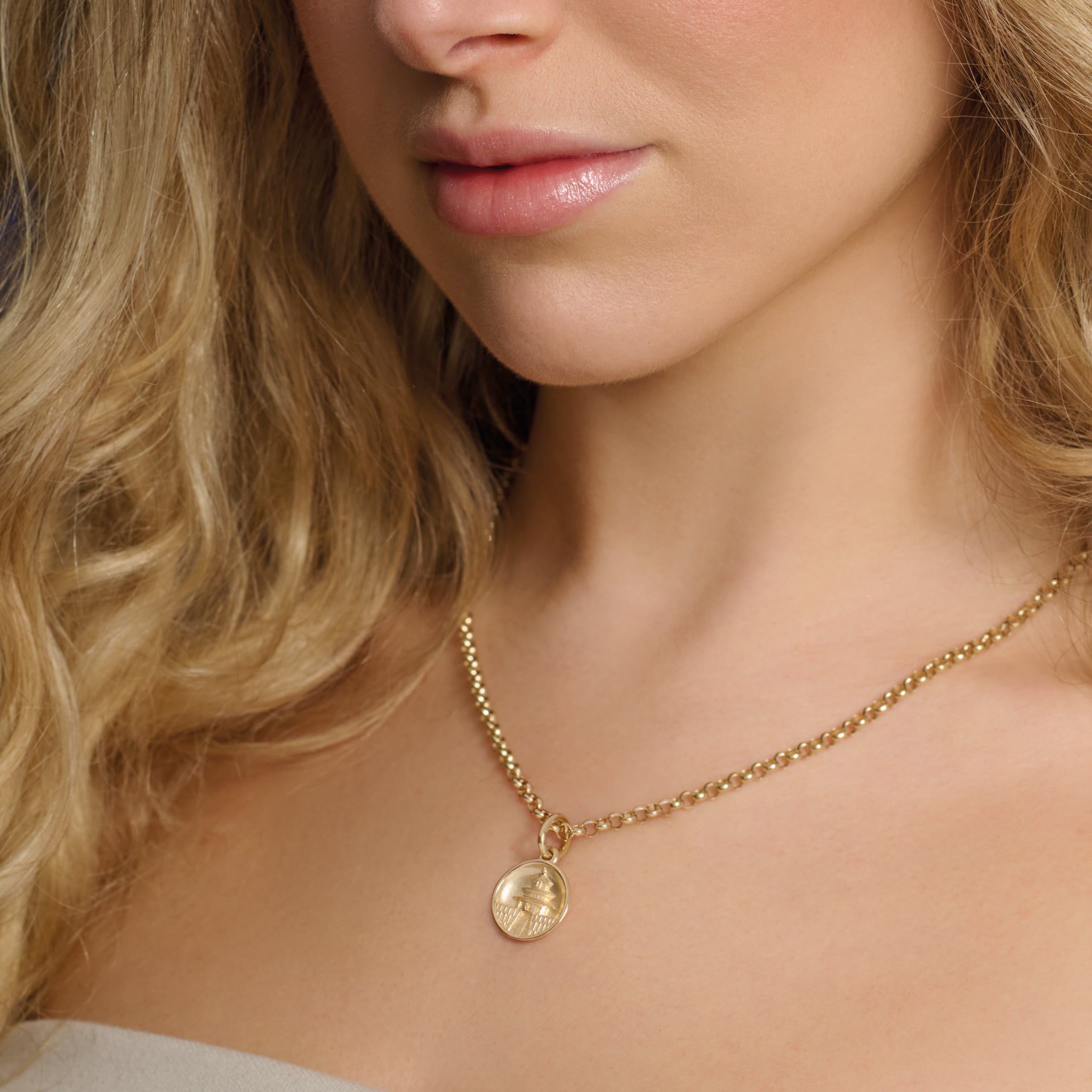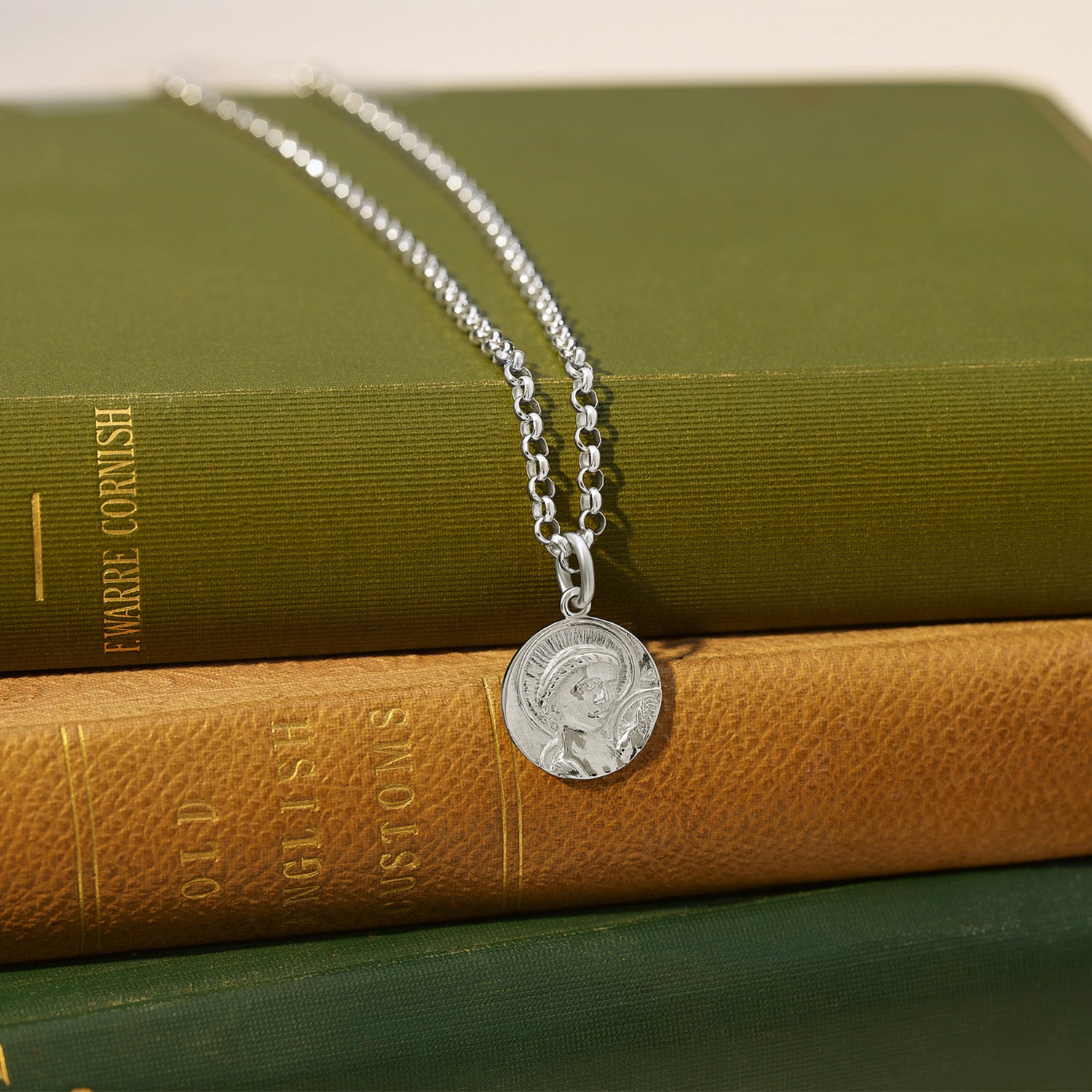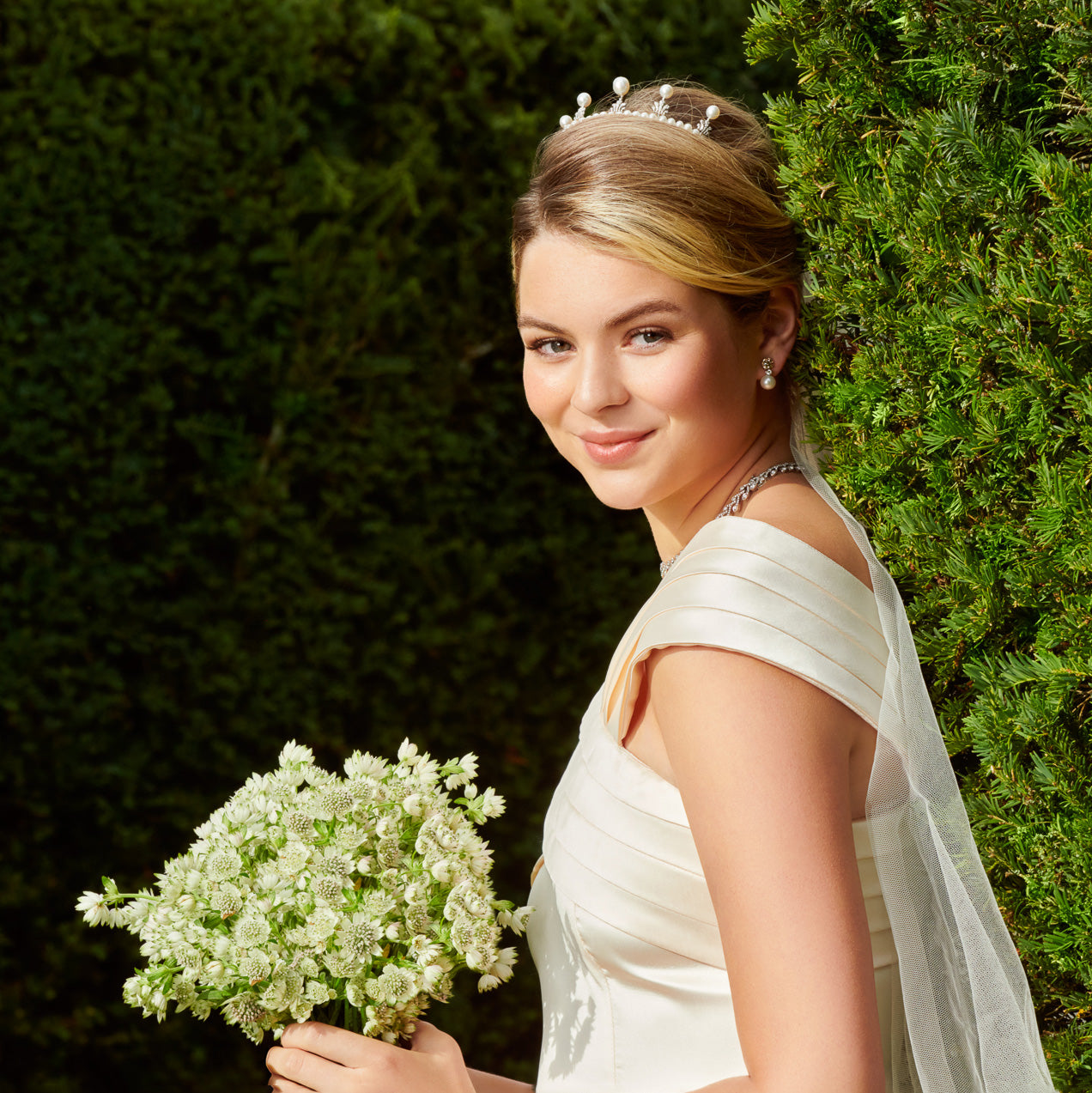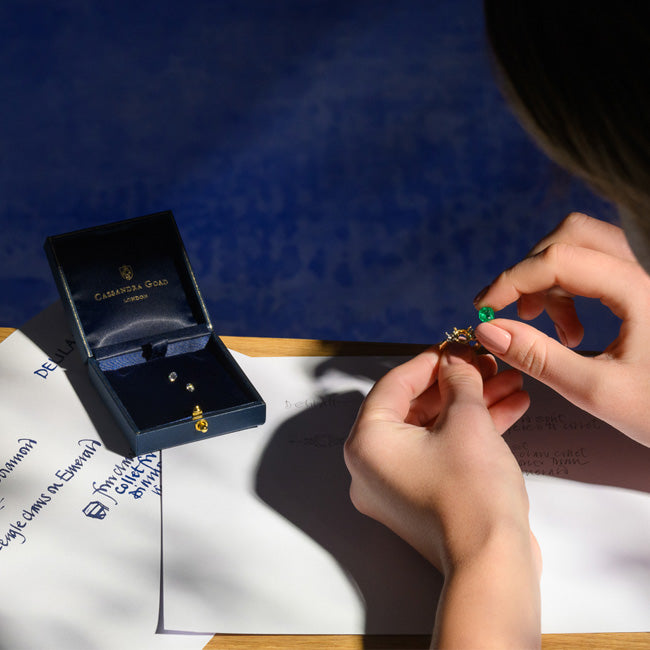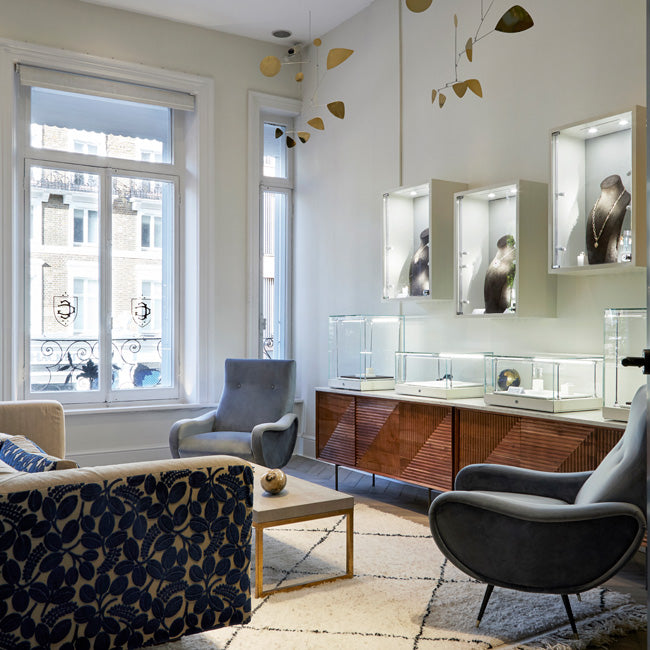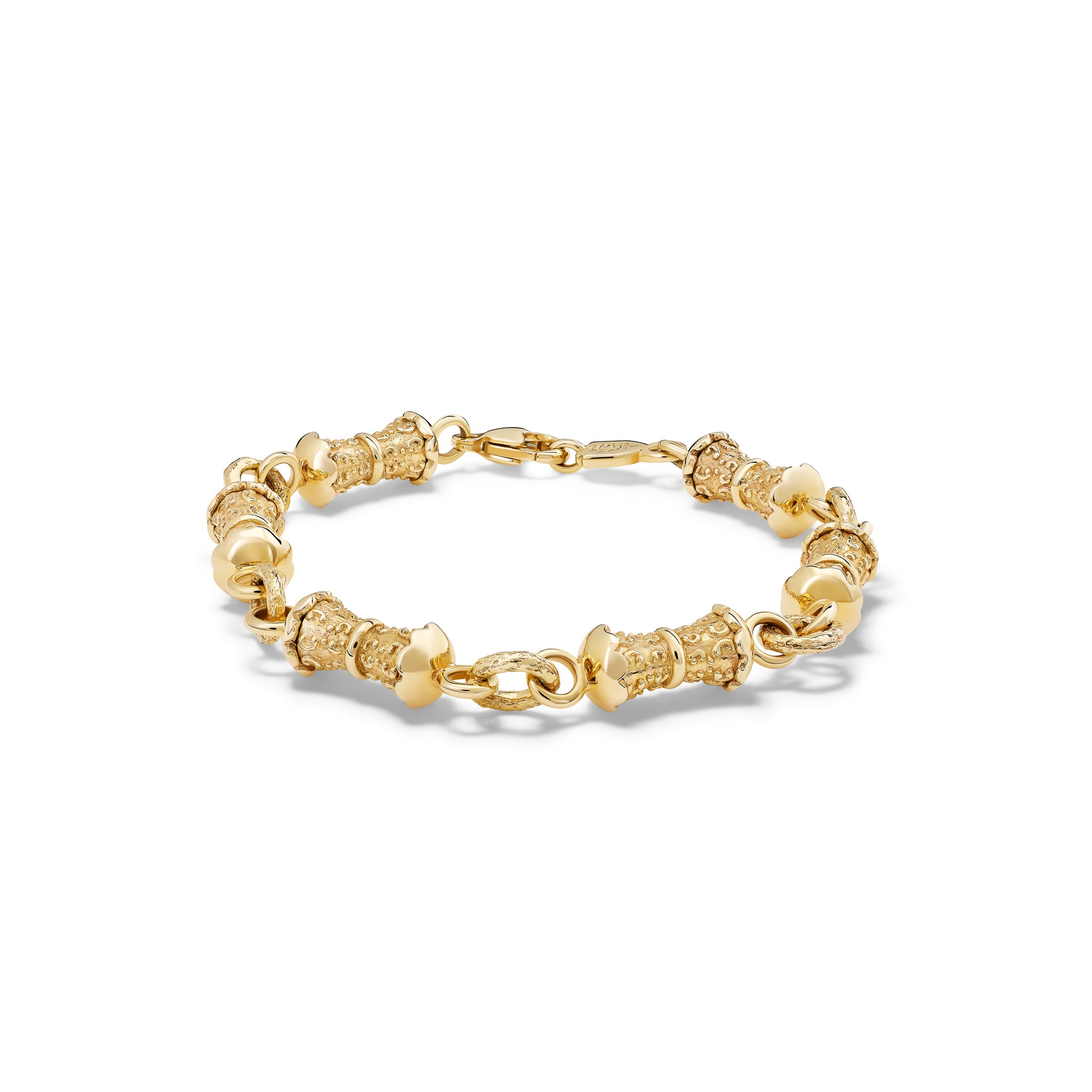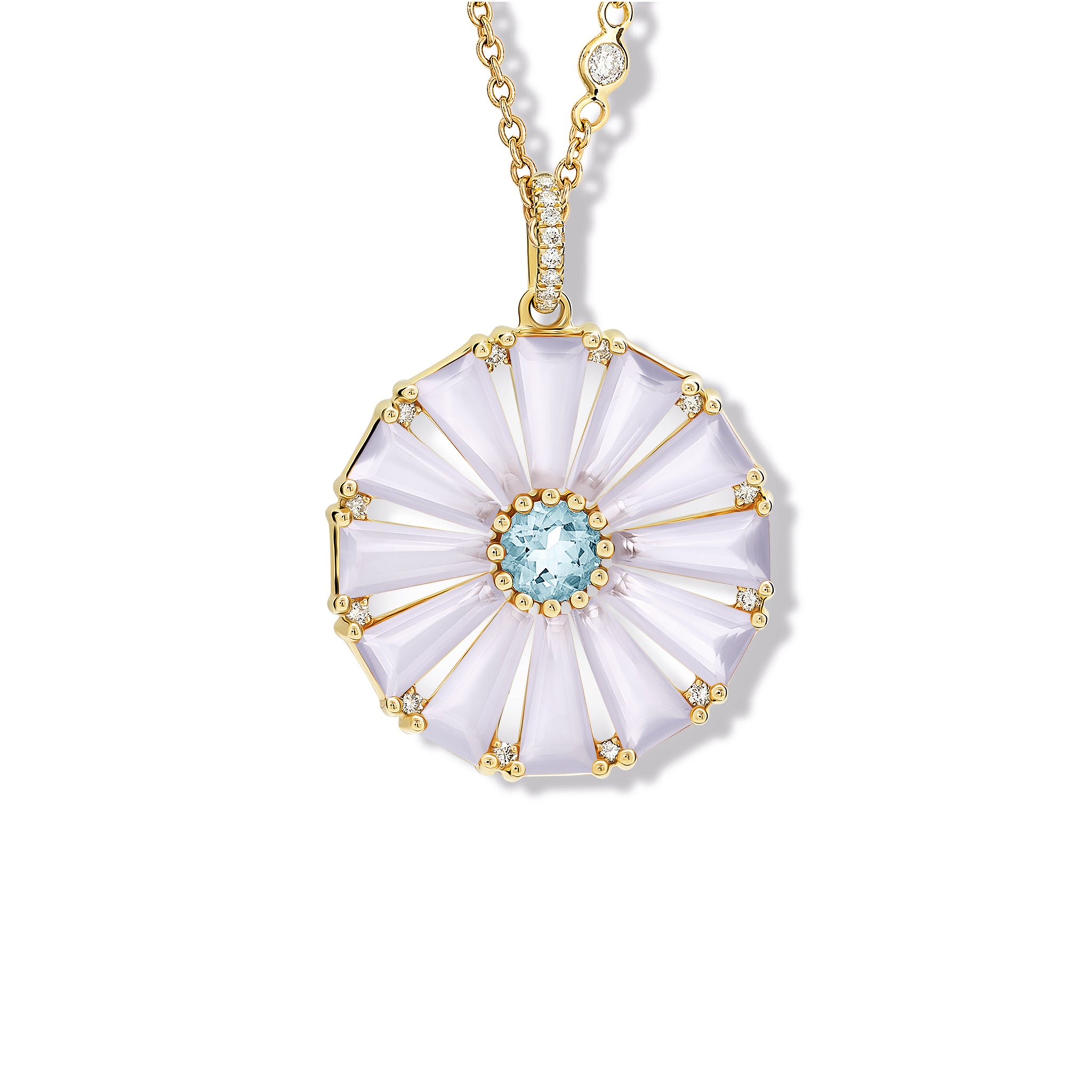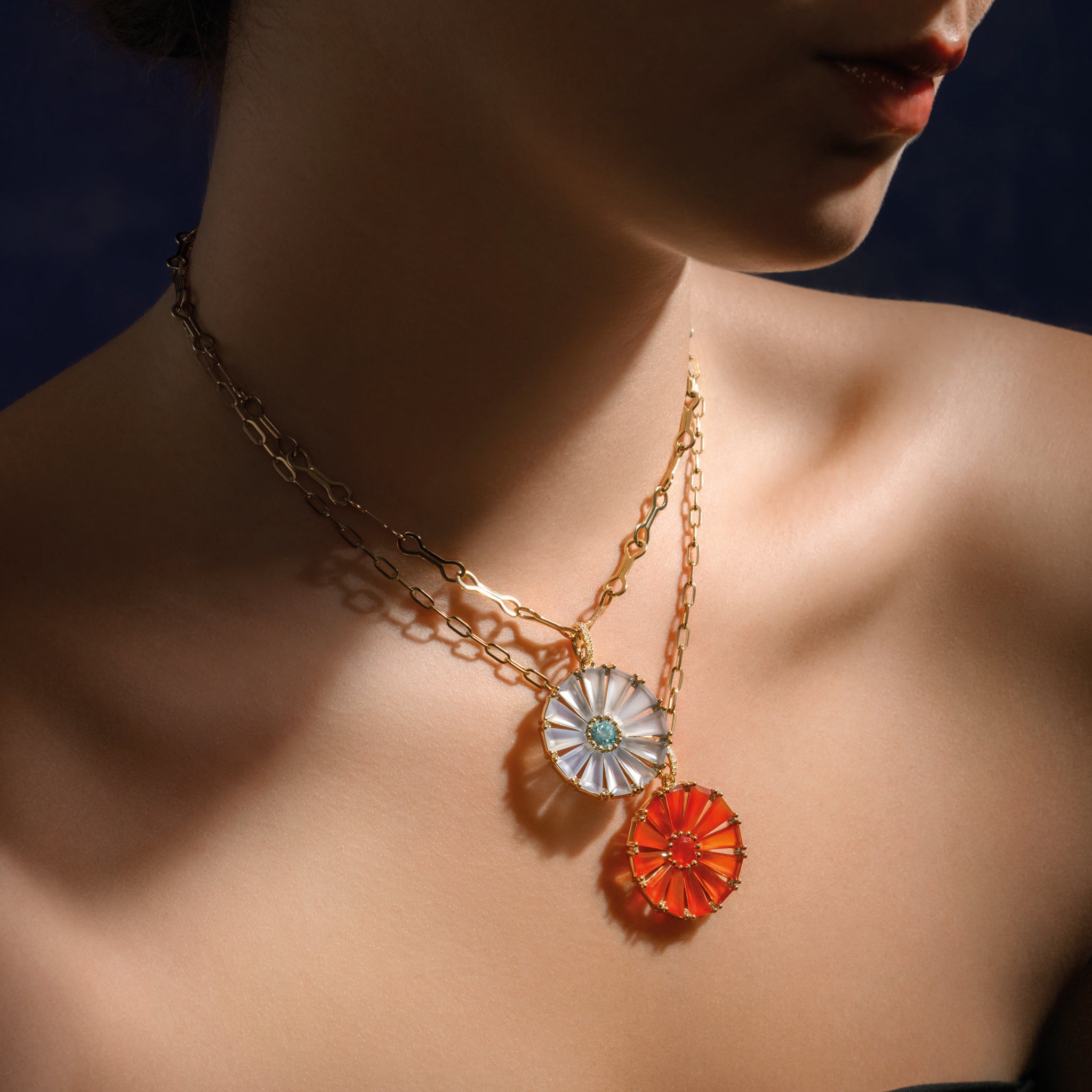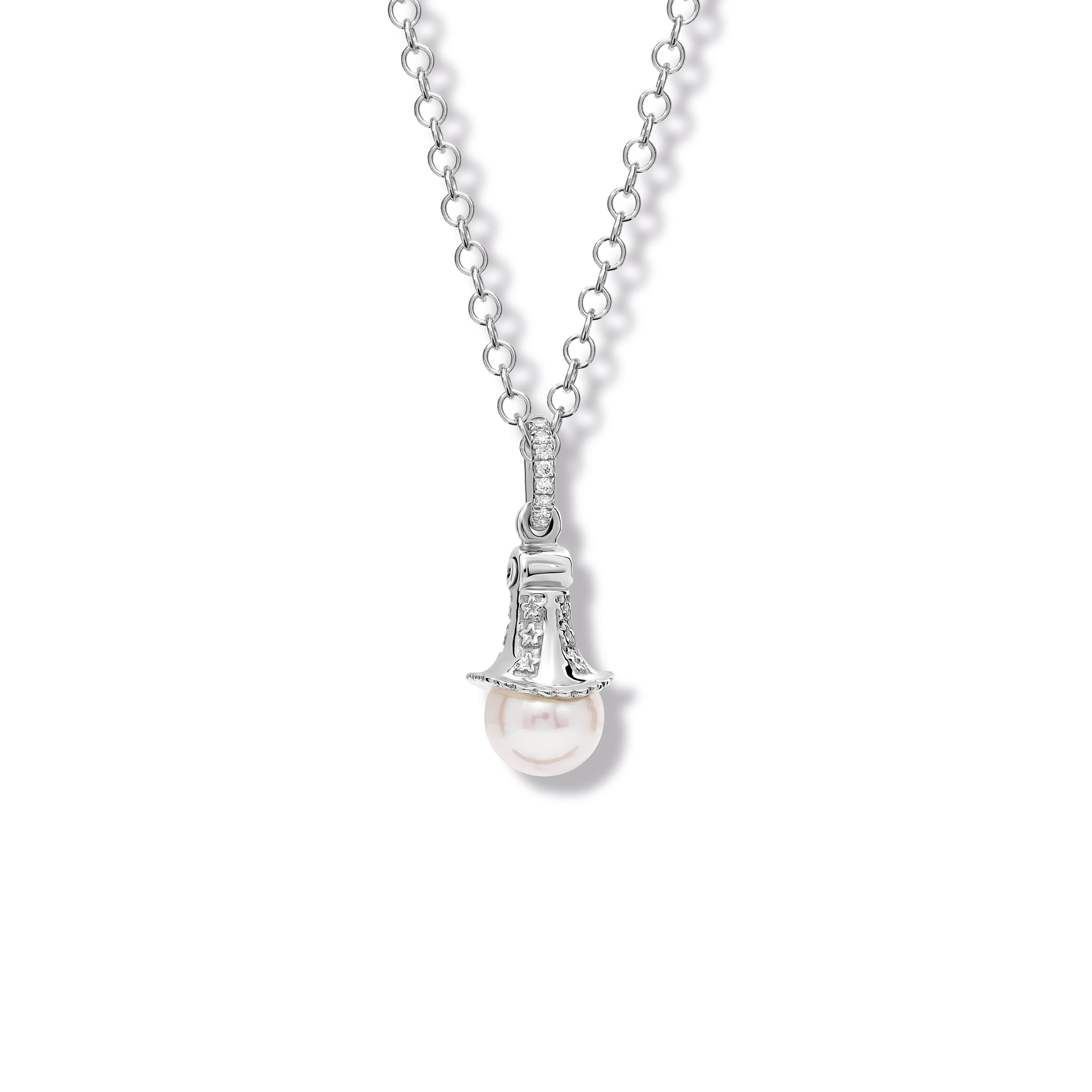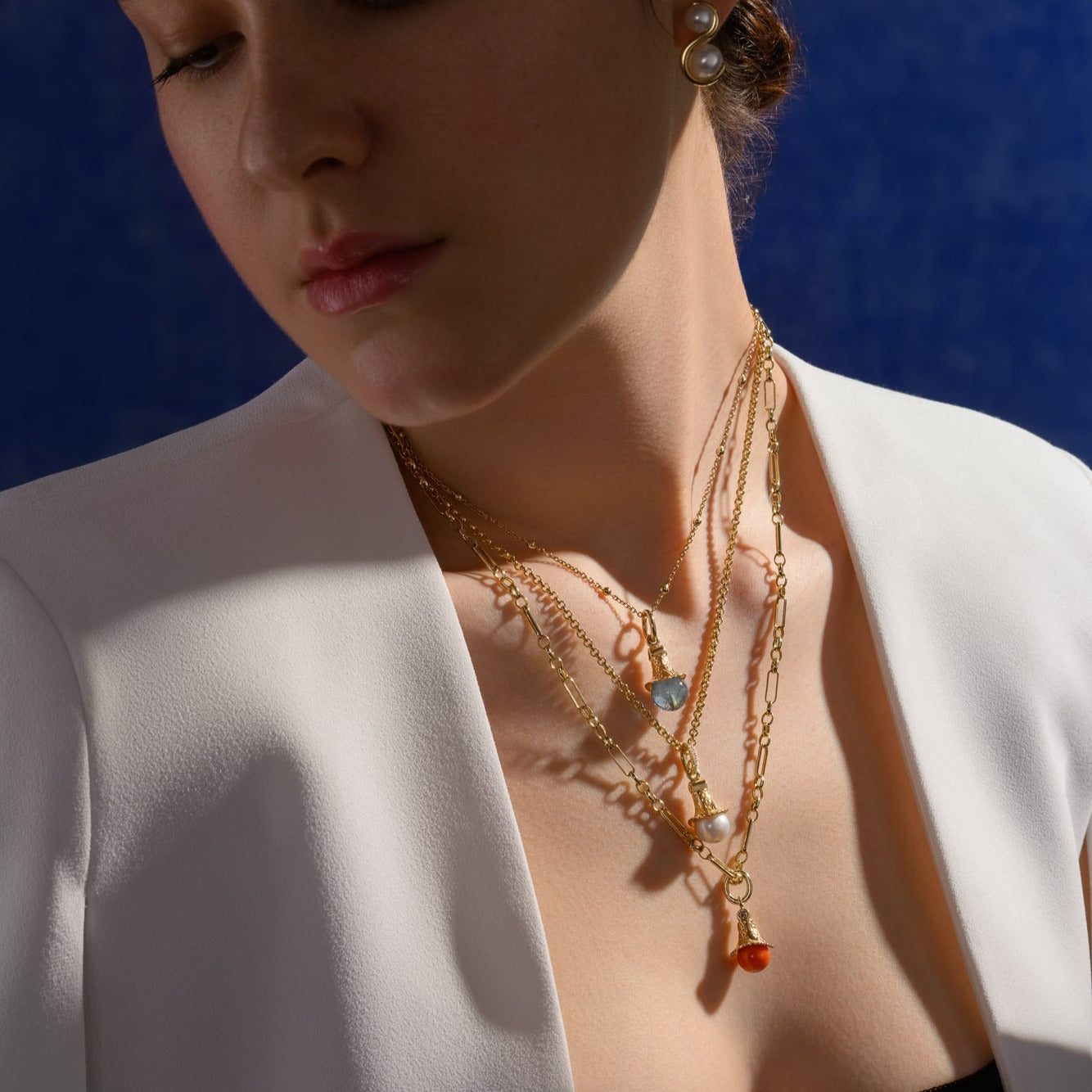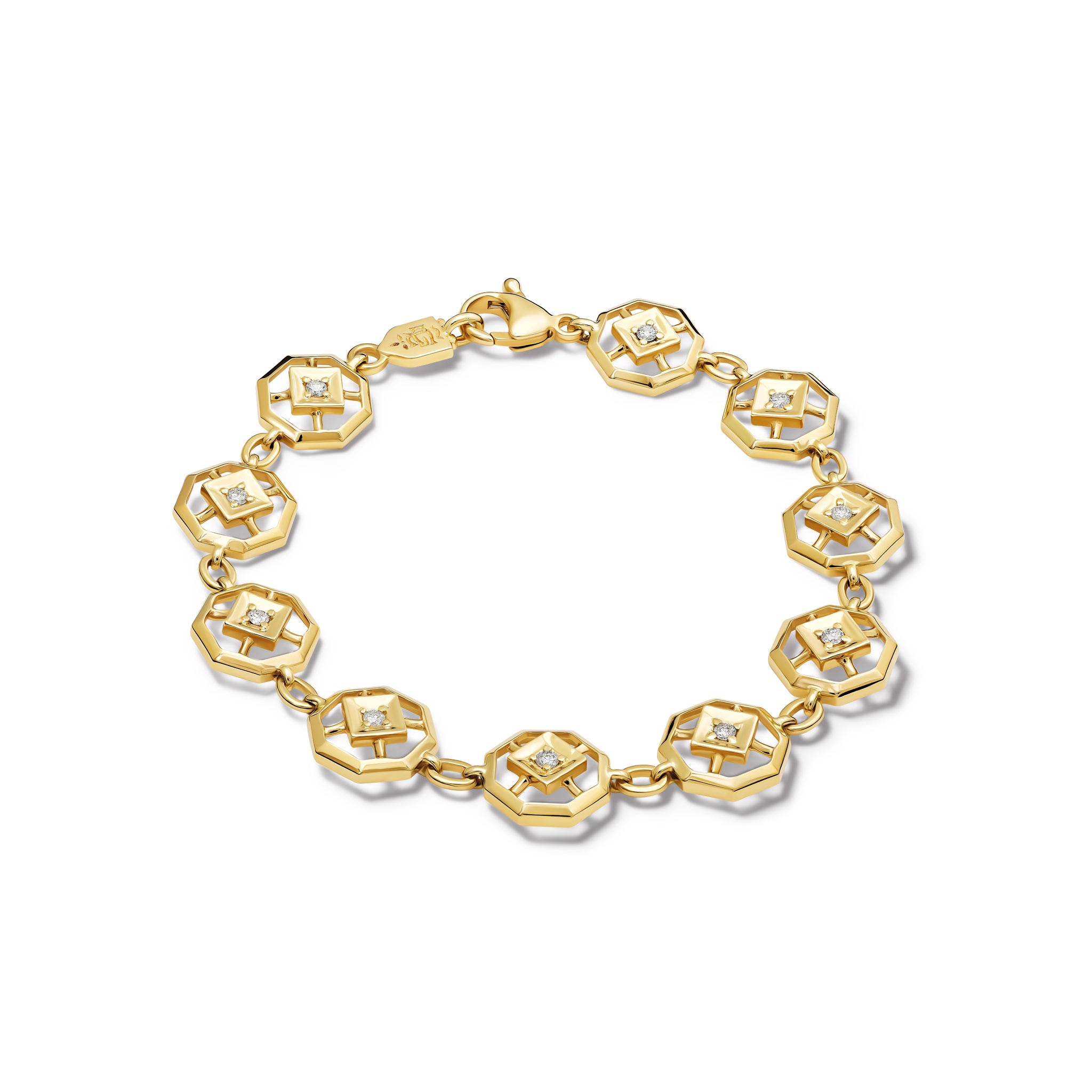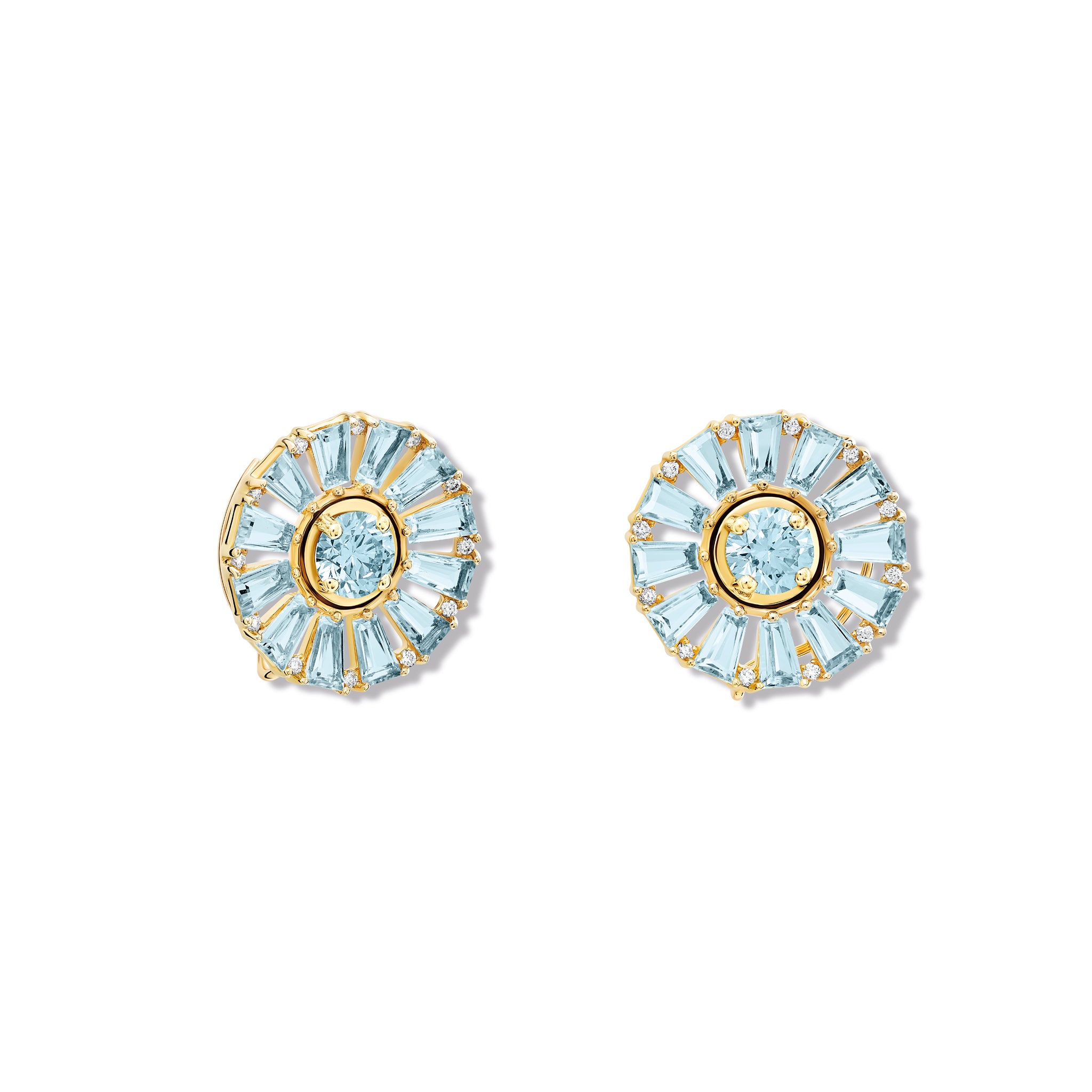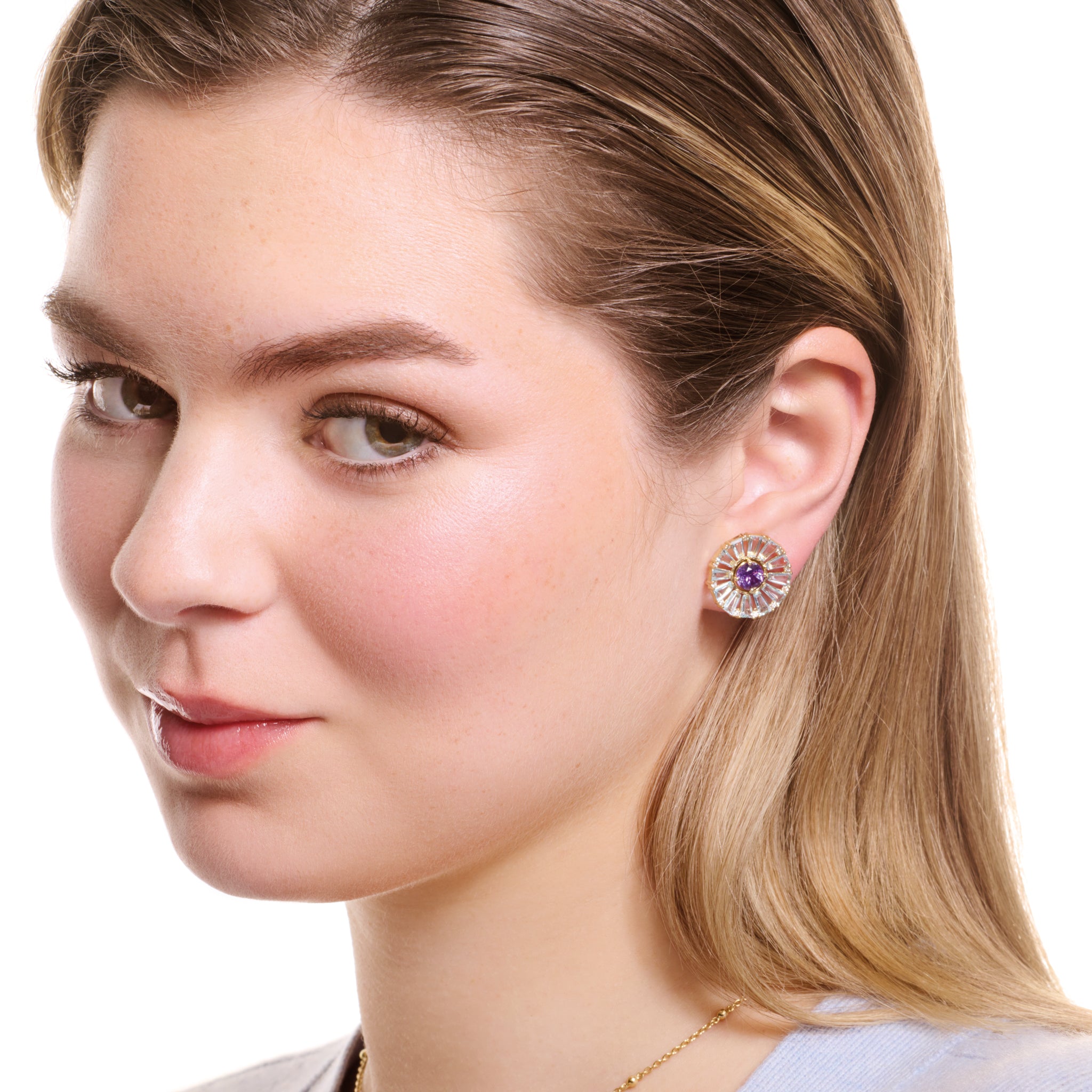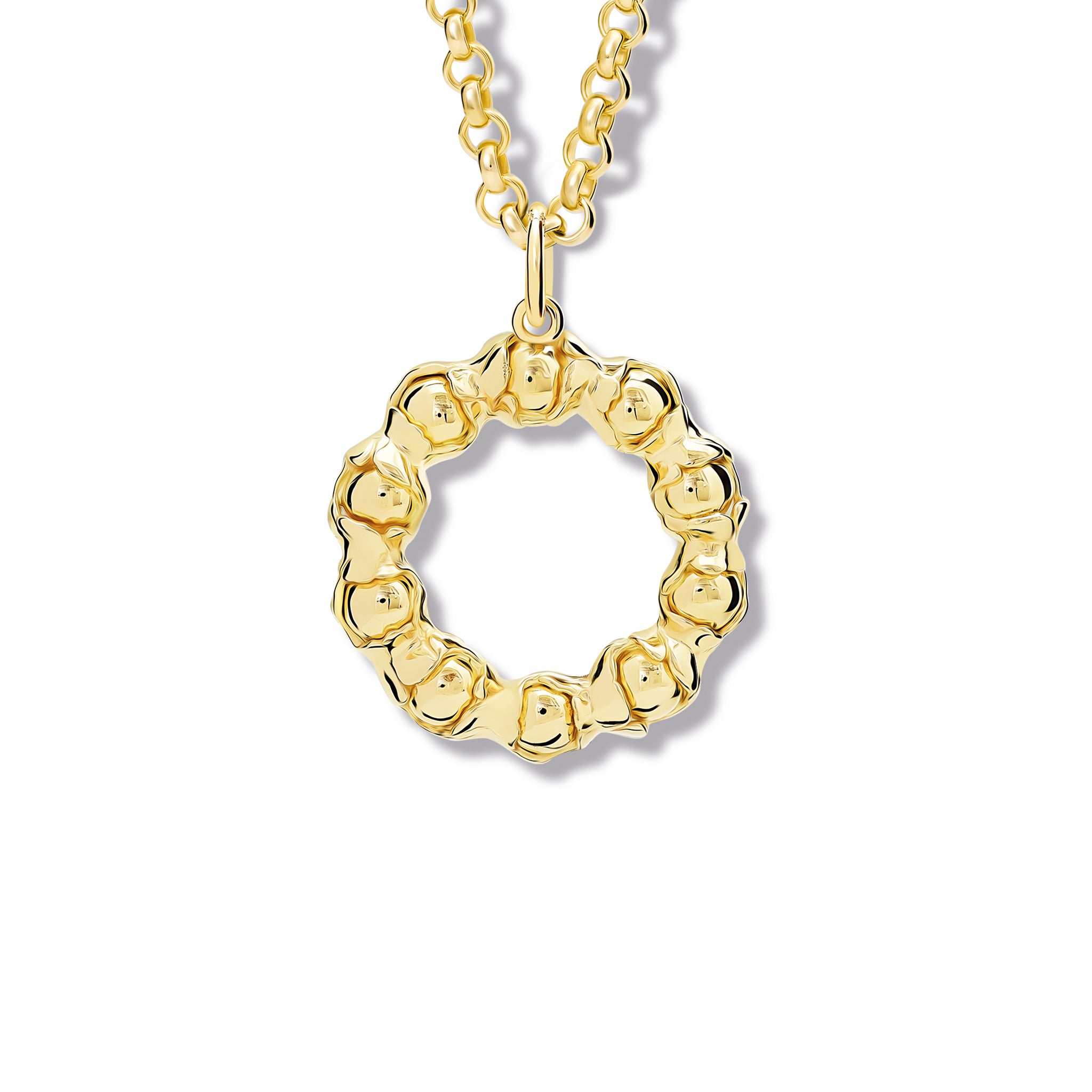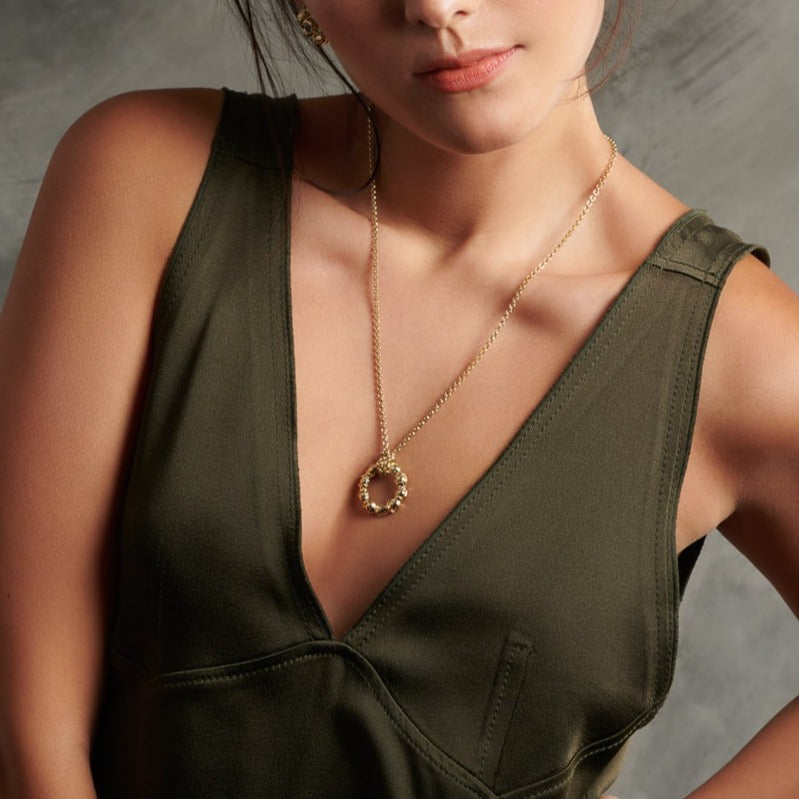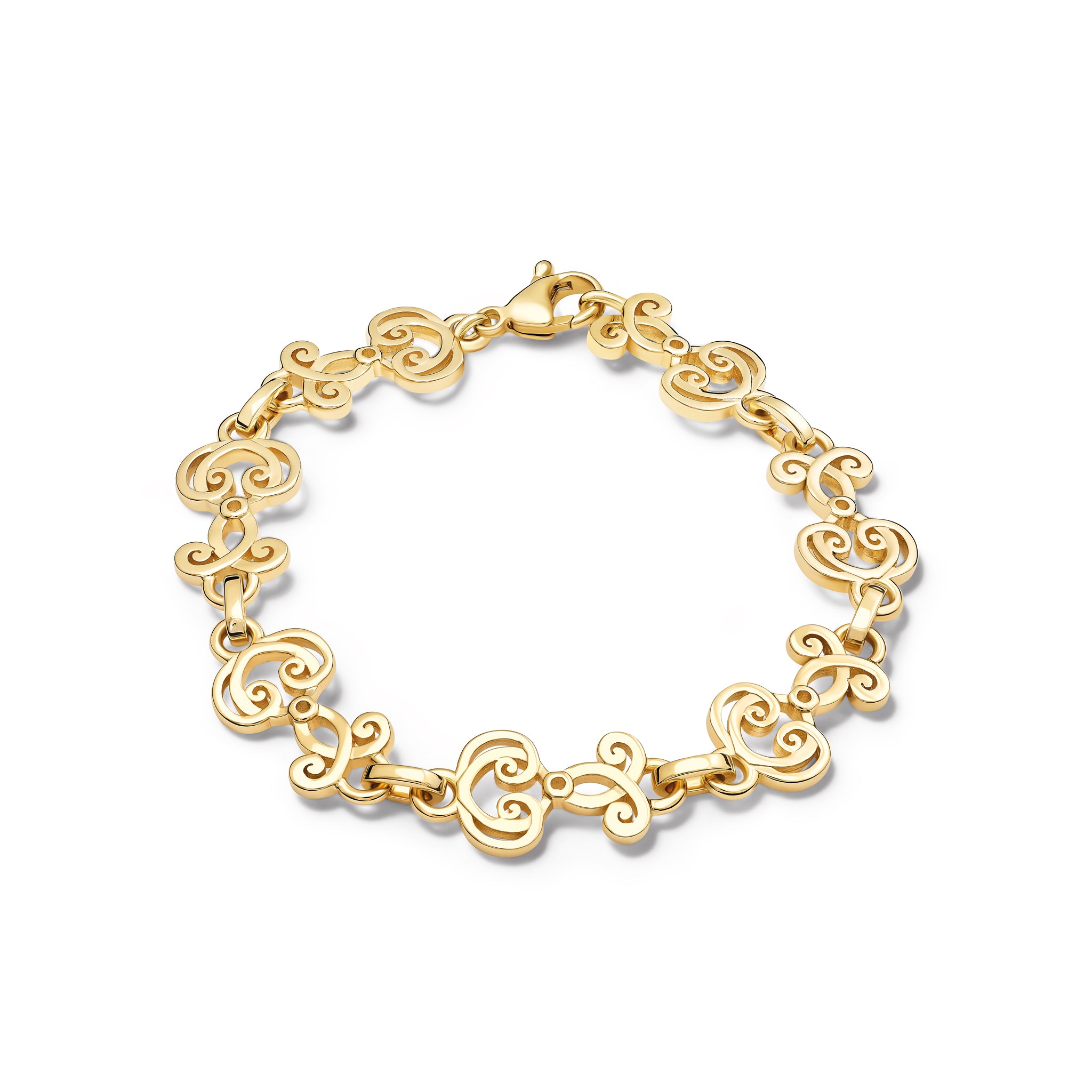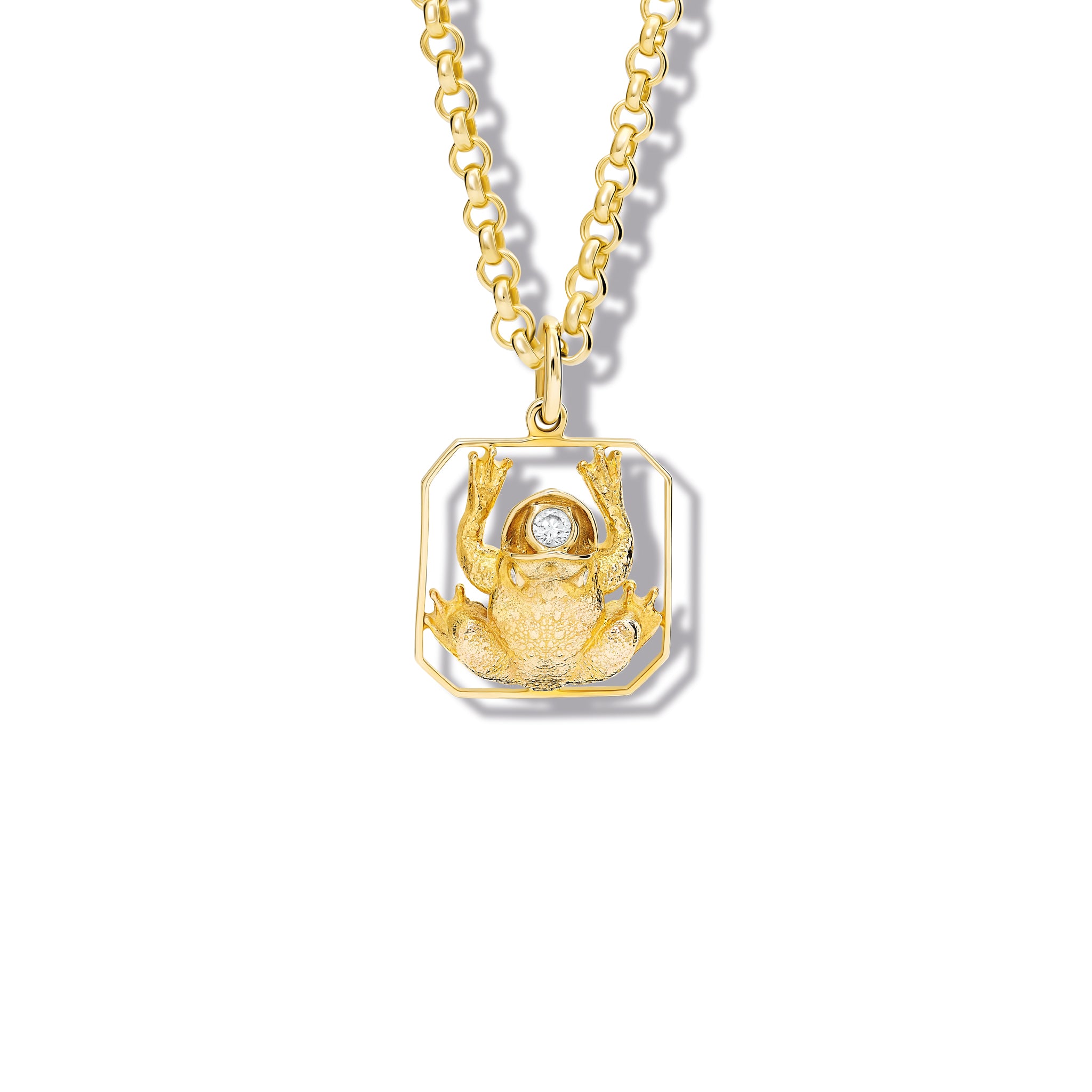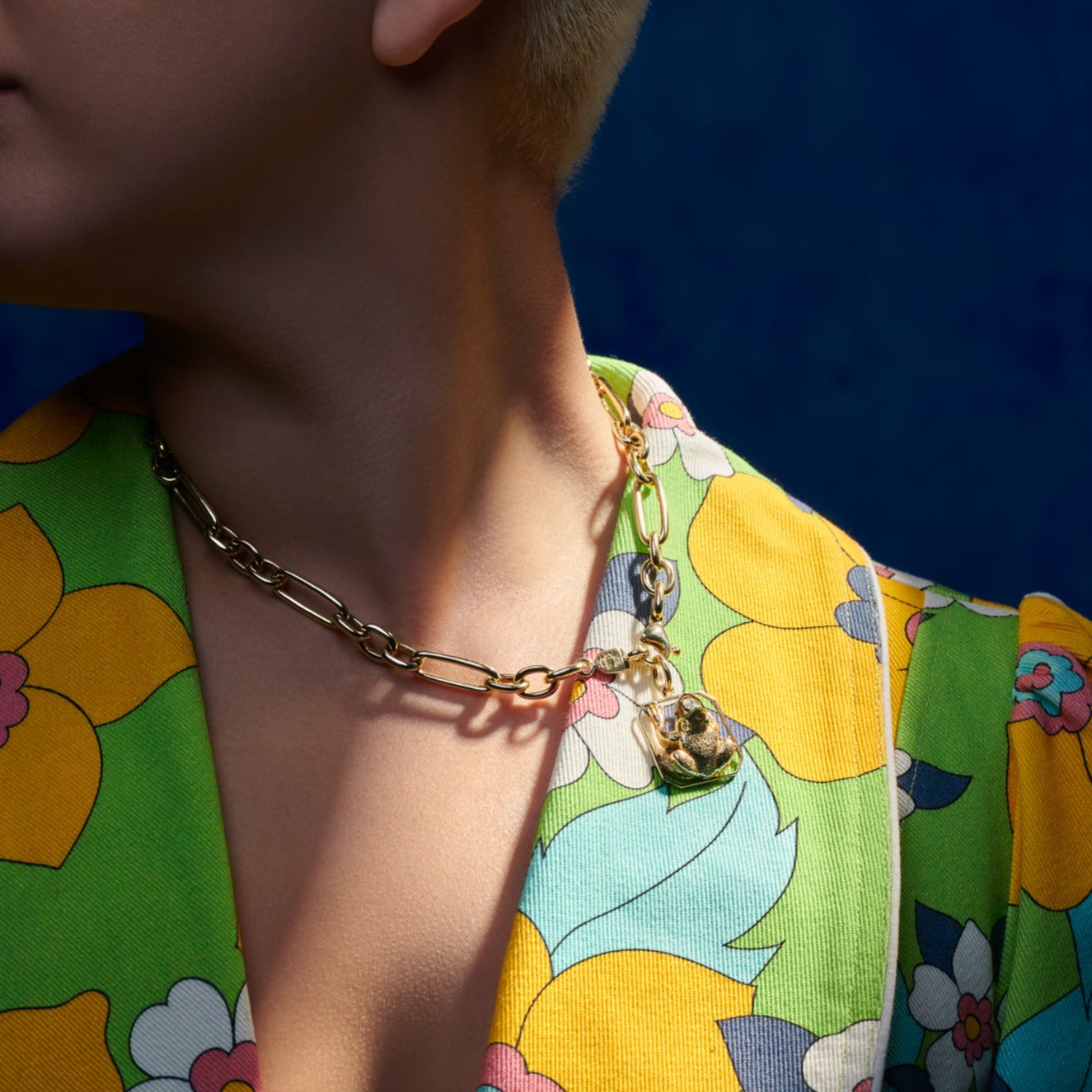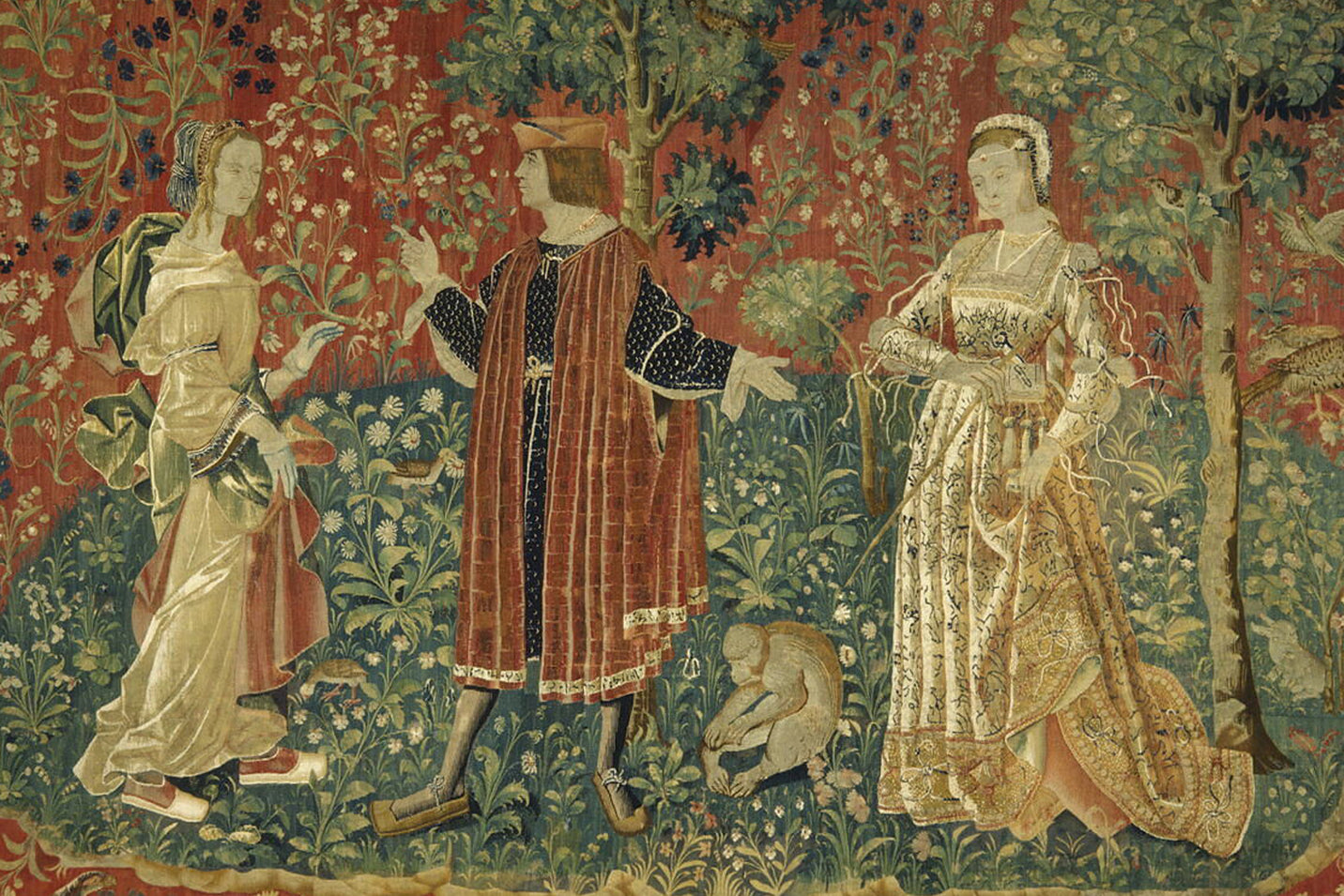
French Tapisserie: stories in threads and colours
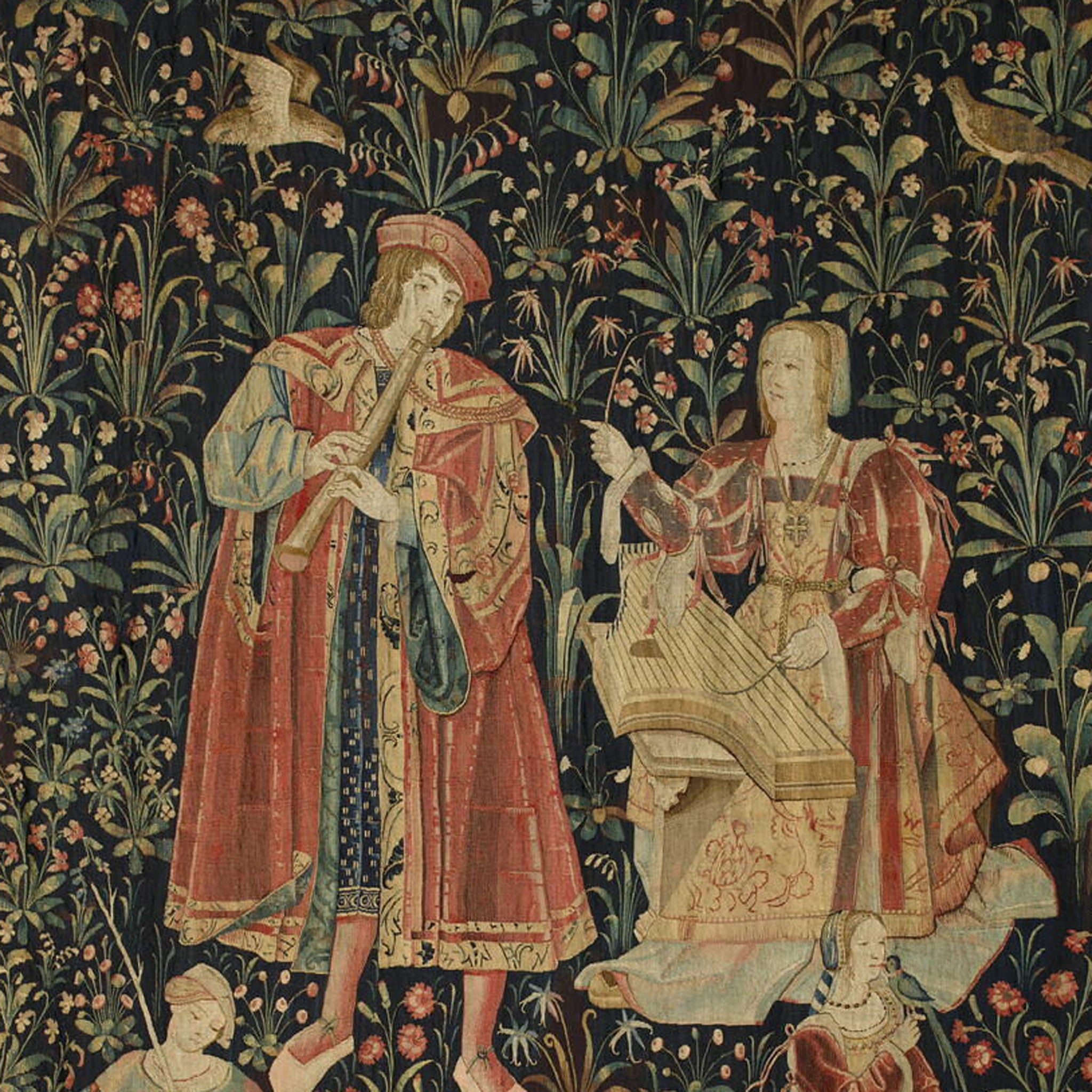
French Tapisserie has a long and visible history that stretches from the Middle Ages to today. Châteaux and castles throughout France have walls lined with these glorious, and practical, masterpieces. Tapestry - a form of handmade textile art - is created by weaving coloured weft threads through plain warp threads stretched on the loom. One of the oldest forms of woven textiles, the golden age of tapestry throughout Europe ran from the 1350s to the end of the 18th century.
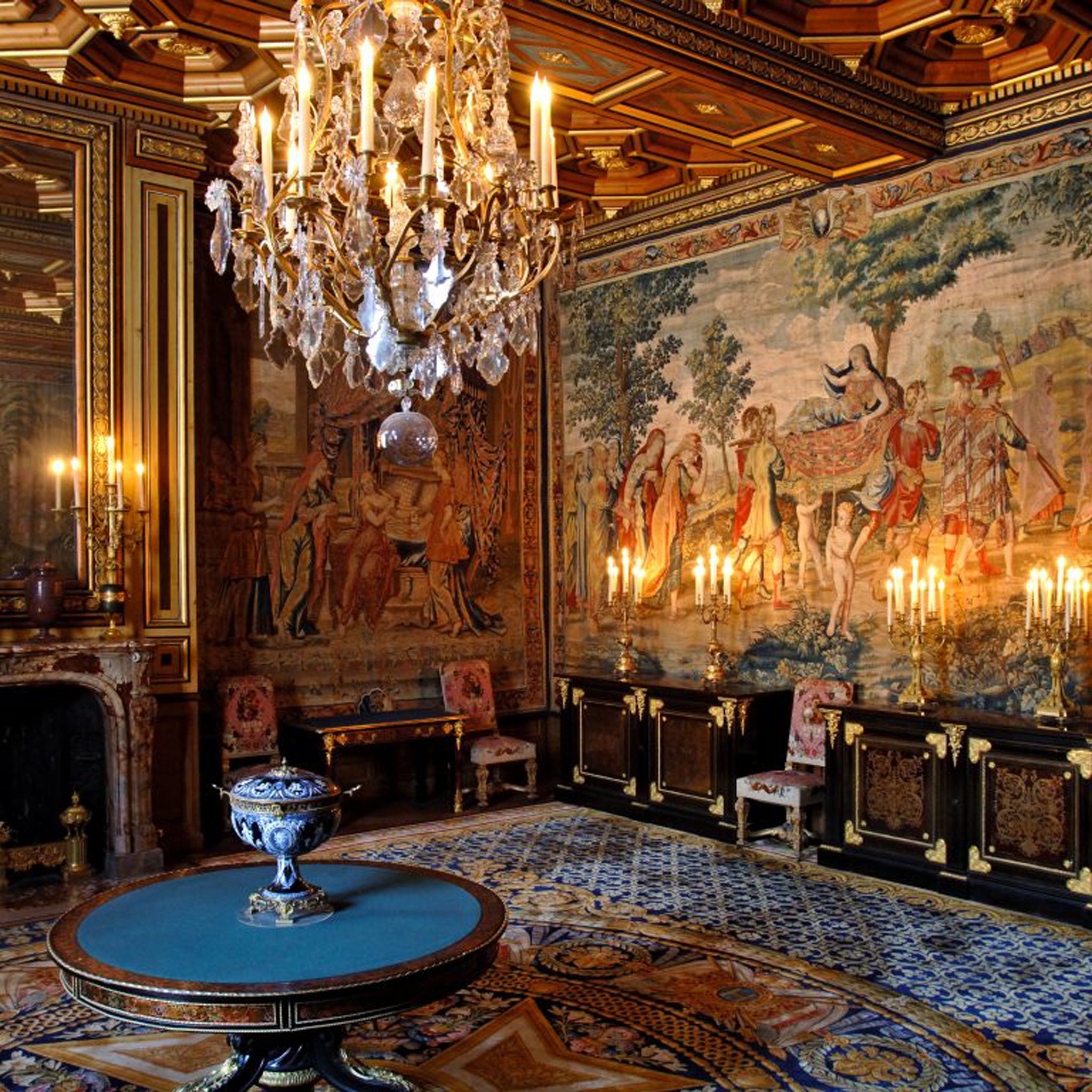
Tapestries were large, practical and beautiful. They kept out the cold air, particularly in draughty medieval castles, and in depicting battle, pastoral or religious scenes provided a form of entertainment. As the light from a flaming fire and candles lit up the rooms, the onlookers could follow the stories woven in minute detail. Most importantly tapestries were transportable. They were, as Le Corbusier described them, ‘nomadic murals’.
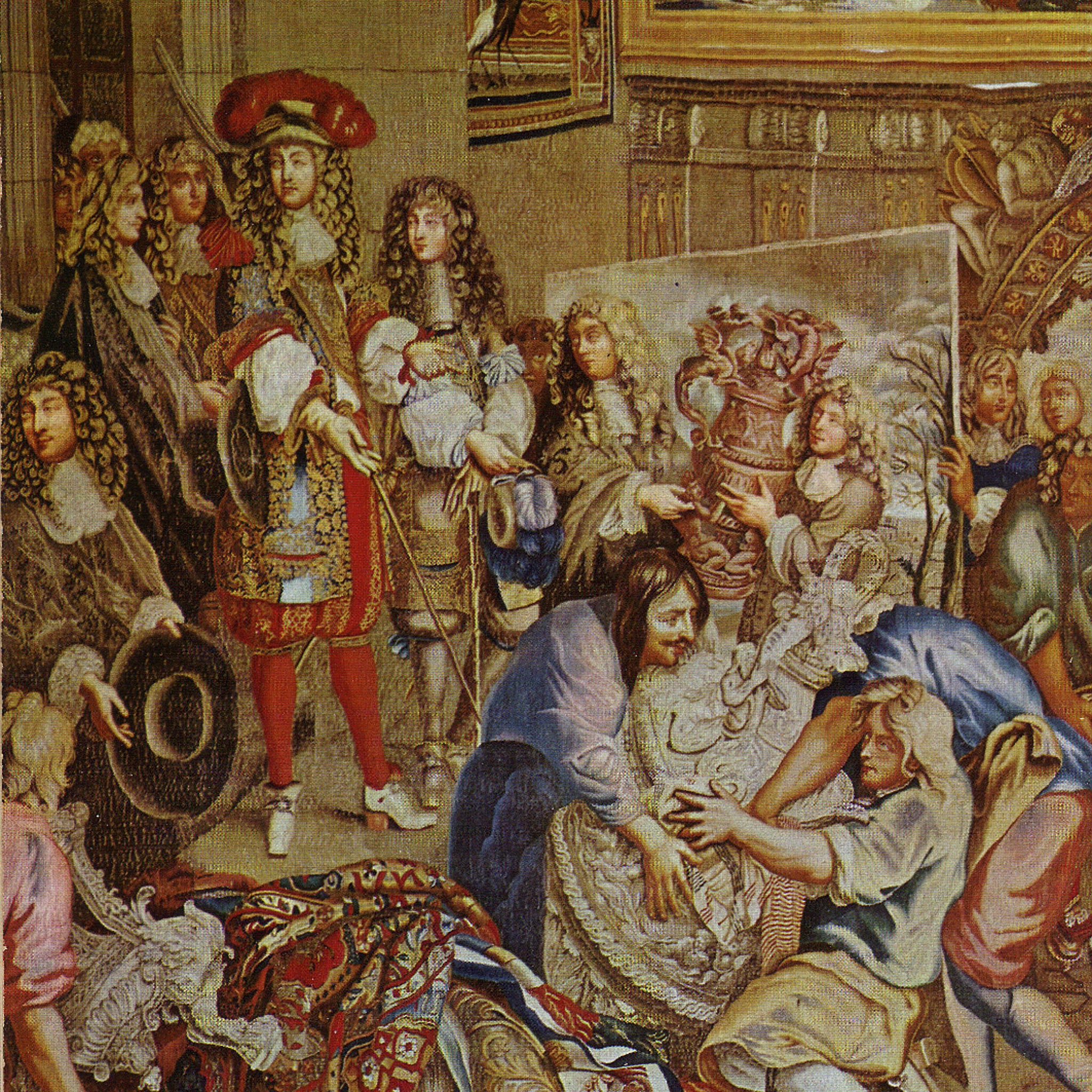
In 1662 the royal factory prospered under that master of ostentatious living, the Sun King Louis XIV. He ordered his finance minister Jean-Baptiste Colbert to buy the Gobelins business from the Flemish. It was expanded to include every artisan skill, from tapestry weaver to cabinetmaker and goldsmiths producing furnishing for the royal residences, especially Versailles.
Gobelins was on a truly epic scale and was named the Manufacture Royale des Meubles de la Couronne (Royal Factory of Furnishings to the Crown). In charge of it all was the court painter, Charles Le Brun. He was one of the trio of artists who dominated French taste at the time, with the architect Louis Le Vau and the gardener/architect André Le Nôtre. The trio was at work at The château of Vaux-le-Vicomte and later at Versailles.

When in Paris, stop by the Musée de Cluny where there is a fantastic tapestry and medieval fabric collection. The star of the museum is the huge 15th-century tapestry, La Dame et la Licorne (The Lady and the Unicorn), a spectacular work attributed to Flanders weavers and inspired by a medieval German legend.
Creations from a Château
Diamond Pavé & Pearl
Diamond
Blue Topaz & Diamond
Diamond
